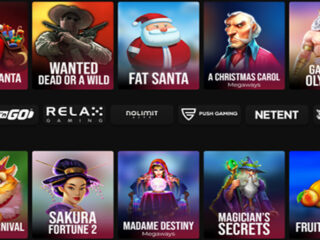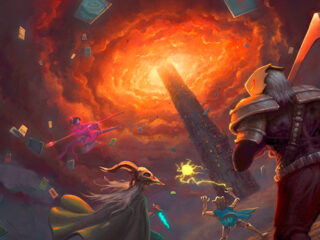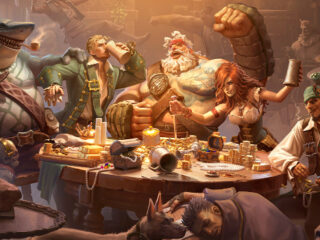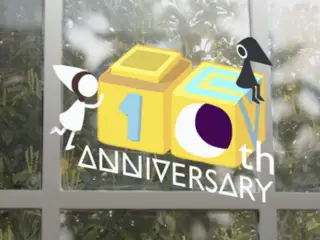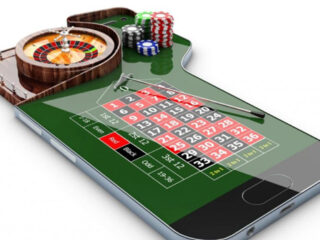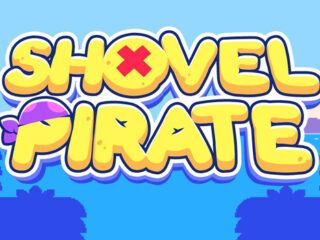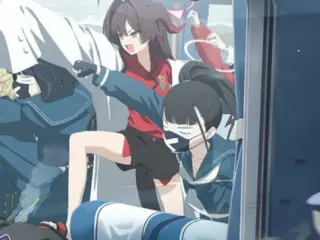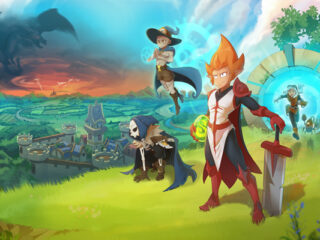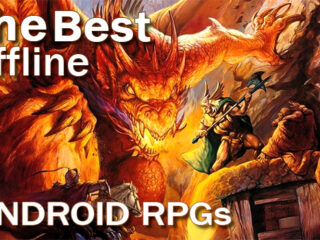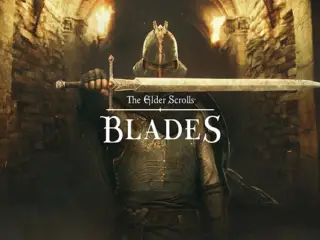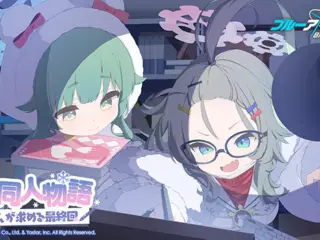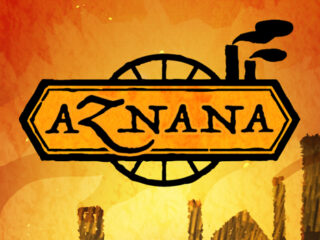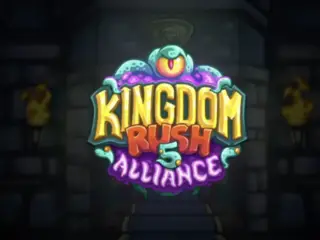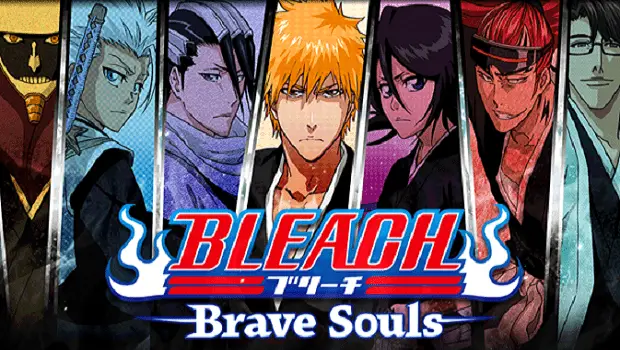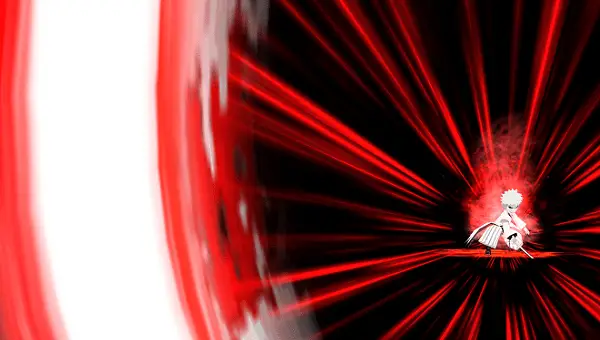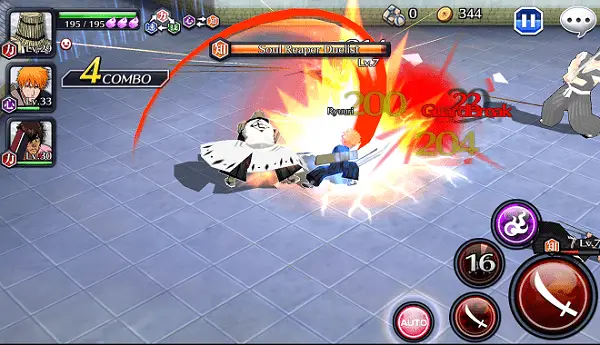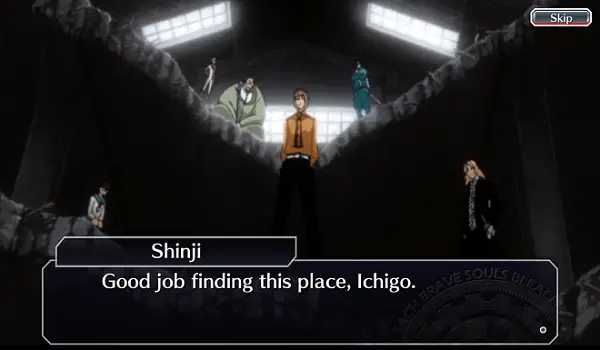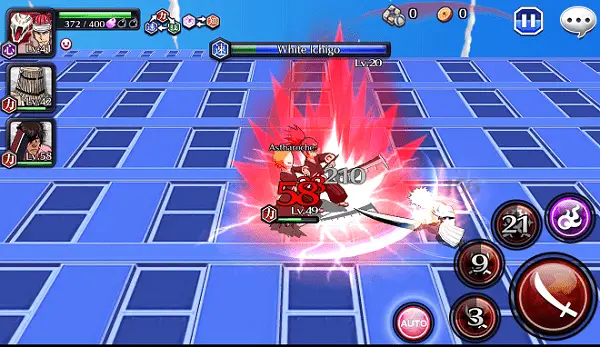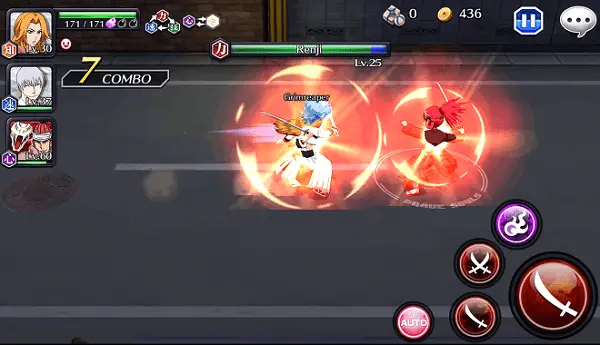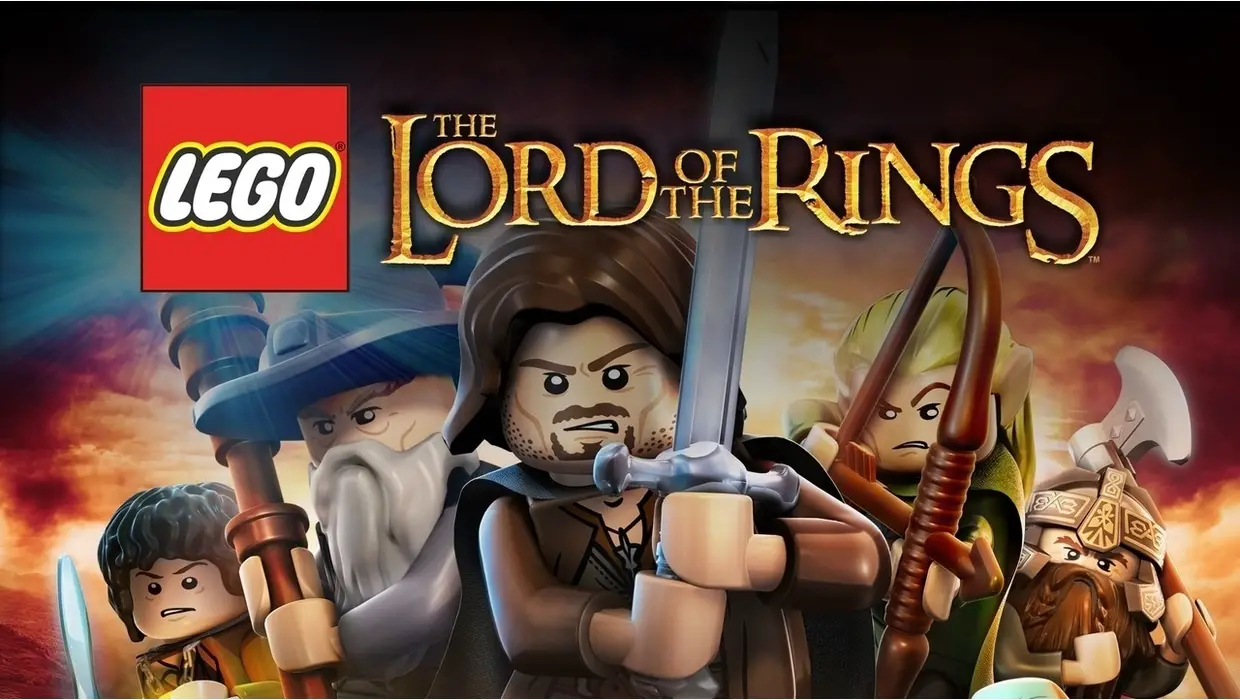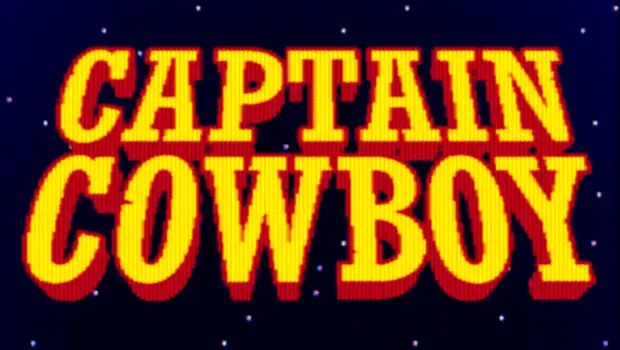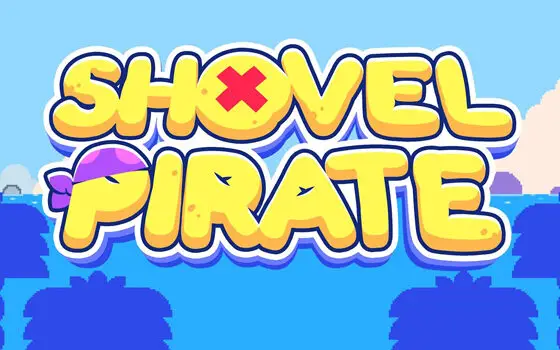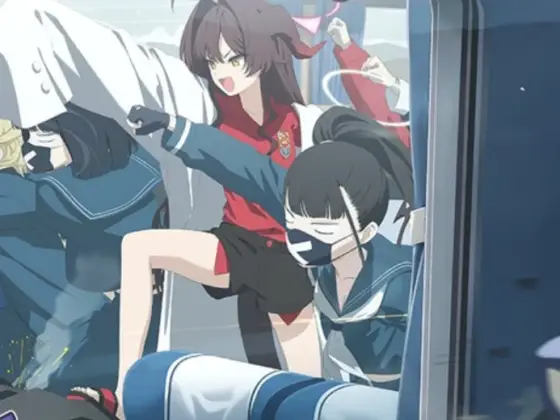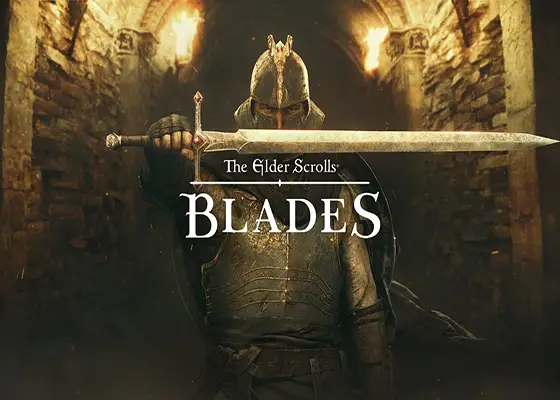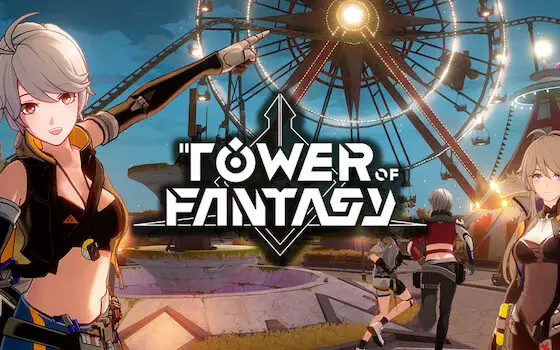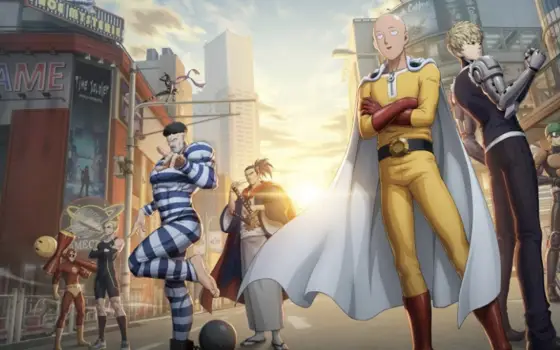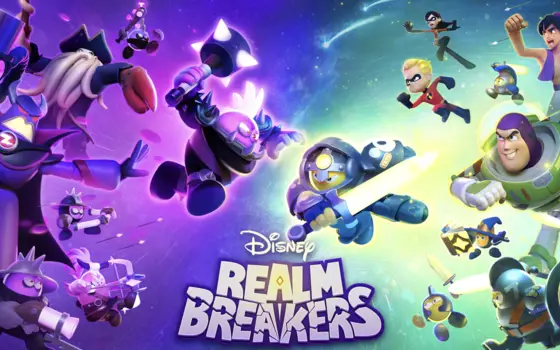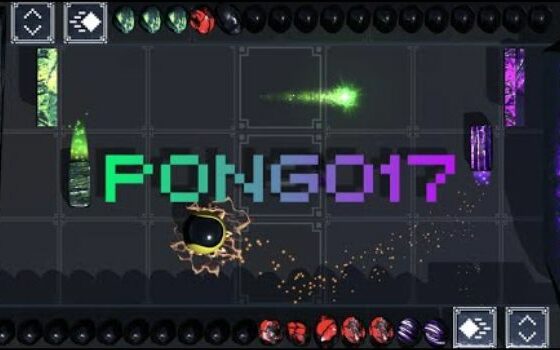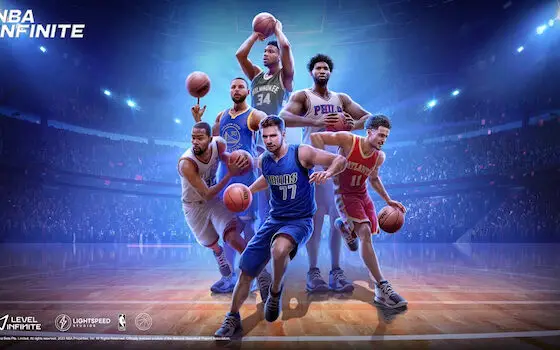Hardcore Droid has a long history with freemium gaming. When I joined Al at Hardcore Droid a few years back, they were tossing the idea back and forth about the idea of a freemium game boycott. The idea intrigued me and was one of the reasons I stayed on so long after I stopped contributing to places like Huff Post, Lifehack, and The Street.
It’s not that anyone had a problem with the idea of playing free video games, but unfortunately most were only free as a way to lure players into paywalls where it’s impossible to advance without having to spend real money on in-game currency. This didn’t just happen to games, pretty much every app on our smartphones was dumb freemium garbage for a long time.
These days, freemium development in the U.S. and Europe has been refined due to strong market pressure (fueled by South Park’s “Freemium Isn’t Free” episode). And now we’re finally moving into a Renaissance of gaming, in which devices like Shield, Chromecast, and more are blending PC’s, television, and Android devices into a shared ecosystem.
Though I’ve long enjoyed MOBAs, MMOs, and other freemium PC games, this week I got a chance to play and review a solid freemium Android game in the form of Bleach: Brave Souls by KLabGames.
Based on Anime Based on Manga
If you’re unaware of the difference, manga are a form of Japanese comic books, while anime are animated shows/movies. Bleach: Brave Souls is based on the anime show Bleach, which is in turn based on the manga of the same name.
The series is very popular in Japan, airing from 2004-2012, with a series of four films released from 2006-2010. The manga series is still ongoing.
All of these series follow Ichigo Kurosaki, who learns he’s a Soul Reaper (a characterized version of a Grim Reaper) after meeting Rukia Kuchiki. He then finds himself battling a variety of evil spirits (a la Spawn) and guiding souls to the afterlife (a la Dead Like Me).
Brave Souls incorporates many familiar characters, scenes, and storylines from the deep well of material into an action RPG that takes many of the leveling and control concepts found in popular EA and Disney games like Marvel’s Contest of Champions but goes deeper and refines them in many ways.
A Leveling System Worth Getting Excited About
Fans of the Bleach franchise will definitely appreciate Brave Souls, as most games released so far (especially in North America) have been solely fighting games. Though you’ll still do plenty of fighting, the maps and level design make it feel more like a platformer than anything else. The real draw, however, is the leveling system.
In Bleach: Brave Souls, you fuse, evolve, and level both characters and accessories, which can be moved around between characters relatively easily. Fusing either raises their level cap to predetermined levels based on their star ranking (1-5, with 5 being the rarest – pretty standard for Android games), but you can also augment characters in other ways if you don’t have a large enough stable to destroy one character to enhance another.
Character linking allows you to enhance members of your party by linking them to a character in reserves. On top of this, there’s also the Soul Tree.
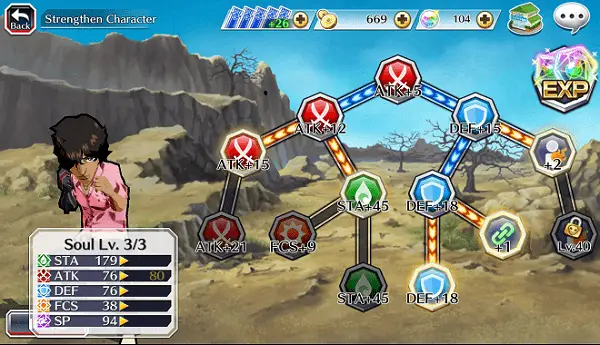 Anyone familiar with Final Fantasy leveling trees will be comfortable upgrading their characters with the Soul Tree, which uses a combination of gems, coins, and Soul Orbs (earned from winning battles in Story, Co-Op, or Battle modes) to upgrade basic stats like strength, stamina, focus, and defense. I wouldn’t recommend wasting the resources upgrading anyone below 3 stars, though.
Anyone familiar with Final Fantasy leveling trees will be comfortable upgrading their characters with the Soul Tree, which uses a combination of gems, coins, and Soul Orbs (earned from winning battles in Story, Co-Op, or Battle modes) to upgrade basic stats like strength, stamina, focus, and defense. I wouldn’t recommend wasting the resources upgrading anyone below 3 stars, though.
Characters are divided into classes based on their general strengths and weaknesses. One character can have multiple versions, spanning classes, star ranks, and more, opening the field for team makeup and bonuses based on creating different combinations.
In addition, each character has a unique special move and soul trait they pass a portion of onto characters they’re linked to. Augmenting characters is difficult at first, but once you play through 20 or so levels, you’ll have a deep enough stable to build an awesome team.
Traversing the Soul Society
Defeating demons and other assorted villains takes players across a wide range of environments and landscapes.
From deserts to temples, city parks, and urban streets, your team will fight through bad guys all over the world while unraveling the secrets of Ichigo’s Soul Reaper powers, the proper way to wield your Zanpakuto (soul slayer) and unleash its power, and backstories for characters like Chad, Sajin, and Orihime.
Currently only 4 Parts are open, but they encompass 154 levels, some of which are cutscenes that progress the story, and others are boss battles. While standard minions don’t always test your mettle, even on Normal, some of the bosses can be a challenge.
Leveling characters and progressing through the storyline is easy and I found no paywalls stopping me from completing it.
After a solid week of playing, I only once came across a point where I ran out of tickets and had to wait for timer cooldowns. During those times, I was able to spend Soul Gems (the most valuable in-game currency that can only be obtained by beating levels or purchasing with real cash) for a fair amount of tickets.
Though Bleach: Brave Souls in-game market isn’t flawless, it’s more than a couple notches above the average free mobile game that won’t allow you to sit down and play a marathon like you can on any console or PC game.
That being said, you’re able to level a respectable 3- to 4-star team without too much grinding, and 5-star characters took some time, which could tempt some to spend money to skip the grind. I found this to be a fair balance when compared to games implementing similar freemium models.
The Sights and Sounds of Battle
The animation and artistic style of Brave Souls remains true to the source material, and a lot of great touches were put into the game. Special move animations are classic anime. They’re unskippable, but that’s no problem because they’re not 20-minute-long over-dramatizations that make you not want to use them like summoning spells in some Square Enix RPG’s.
Music seemed a little called-in, but with everything else this game did right I can’t fault it too much for not focusing on production values I’ll inevitably cover up with my own music playlists anyway.
Everything in game runs smoothly, and fighting is easy enough to control. For those wanting to grind a bit more stealthily (like in school or at work), there’s an Auto button that can lead you through the level. The only command that won’t happen on auto-pilot are special moves, which you can tap at any point to set one off (you can also dodge and perform attacks, and once done, auto-pilot kicks back in).
I found myself hitting Auto every time I cleared a stage so I wouldn’t miss any hidden items. Unfortunately, once I completed the game on Normal and moved to Hard, I found I often had to manually intervene to keep my party from dying. Auto would rush me into the middle of a crowd of enemies with a ranged character who would act as though they were melee.
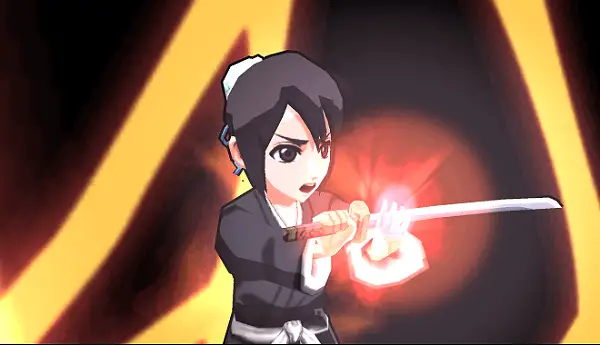
Final Thoughts
Overall, Bleach: Brave Souls is a fun action-RPG that reminds me of the 16-bit console days. Blending character and item levelling trees adds a layer of replay value to what turned out to be one of the most addicting RPG experiences available for free in the Play Store.
Fans of the original manga or anime series will surely salivate at the chance to control the soul-reaping powers of their favorite heroes and villains from the Bleach universe. A free console-quality RPG with real-time battles and the feel of an arcade adventure doesn’t take a deep knowledge or appreciation of Japanese pop culture to enjoy.
Hardcore gamers looking for a challenging freemium game on their smartphone to kill time before VR hits the consumer market should definitely check out Bleach: Brave Souls today.
Hardcore?
It is.
Fans of the Bleach manga and anime will flock to this Action RPG that gives Final Fantasy a run for its money.
